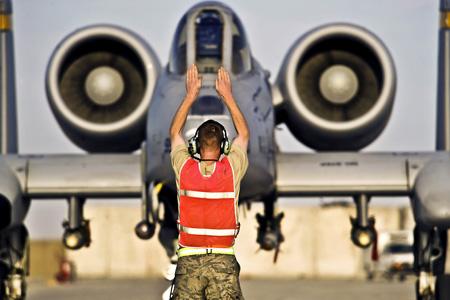American legislators, therefore, even if the bill must still be approved by the Senate and the Chamber, grant the US Air Force A-10 to remain in service at least in the fiscal year 2015 with gradual withdrawal from the service starting from 2016 . In the bill, it is also possible, when possible, to reduce the hours of flight of the A-10 and the placement of some of the latter during the "backup flying status" in certain circumstances.
The "Warthog" fleet was due to retire from the 2015, a move that would have saved some four billion dollars. By contrast, the most powerful aviation in the world would no longer have a specific aircraft in the Cas role. A decision, the latter, which would have heavily penalized the United States for years engaged in contexts where the armor is more important than being stealth.
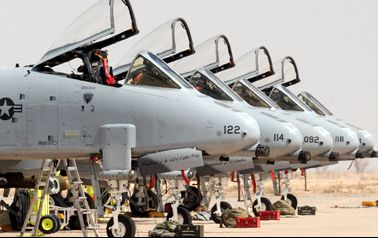
The A-10, built as a tank-killer in the 1970, has proved invaluable in Iraq and Afghanistan, saving many lives.
There are many supporters of A-10. In addition to the military, literally in love with the "Warthog", the car has supporters in the Senate and the House. Just the Democratic deputy Ron Barber said what the experts have always known: “the A-10 is the only aircraft specifically designed for close-air-support, therefore it must be kept in line until it is will find an effective replacement ”.
Also in the bill authorizing defense spending in the 2015 fiscal year, 331 million dollars were allocated for A-10 operations.
According to the original Air Force plan, 72 A-10 should have retired as early as fiscal year 2015, which began on October 1st. The problems, however, are related to the replacement of the A-10: the F-35.
The United States must necessarily reduce its fleet (in this case of A-10) to avoid budget cuts for the troubled F-35 program that needs constant funds.
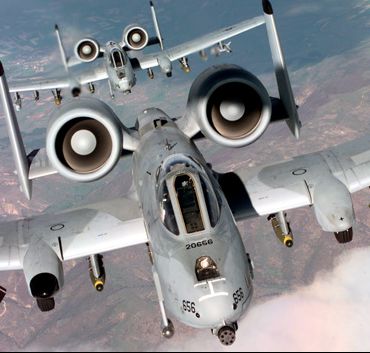
In short: with the current funds the US cannot afford to keep more fleets operational and to avoid delays with the JSF, sacrifices will have to be made. The first "sacrifice" for the Air Force would have been the A-10, which proved to be, and is not the first time, fundamental.
Overall, the Defense bill allocates for the fiscal year 2015, 521,3 billions of dollars in "basic discretionary expenditures for national defense" and 63,7 billions dollars for "emergency operations abroad".
The Navy was also satisfied with a budget of 82 million dollars for the purchase of 96 Tomahawk cruise missiles, made by Raytheon Missile Systems.
The Pentagon had proposed a break in the Tomahawk production in fiscal year 2015, claiming that the current inventory of the 4000 Tomahawk Navy would be sufficient until a new-generation missile was ready. But even in this case other reasons have emerged, both political and technical. In fact, from Raytheon they claimed that it would be more expensive to restart production than to maintain it to current standards.
In the fiscal year 2014, the authorized expenditure was 626 billion dollars. It should be noted that in the National Defense Authorization Act, "special" appropriations that require specific authorizations or funding that cannot be reduced by law are not included. Just to give an example. The US Department of Defense alone has an annual budget of 60 million dollars for the "Black Projects".
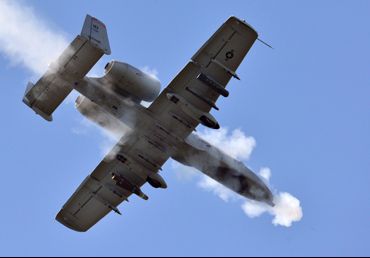 But back to the initial question: can the F-35 ever replace the A-10?
But back to the initial question: can the F-35 ever replace the A-10?
The answer is NO and we explain why.
The F-35 is a fifth generation fighter. It's all about invisibility and avionics, not comparable with any other existing fighter (F-22 excluded). It was designed to impose air supremacy for the next 50 / 60 years. The problem, however, is precisely this: one wonders, what can being "stealth" be in a close combat, almost melee, where armor and firepower are the main and determining role in missions . The F-35 cell was not designed to withstand the fire of the infantry nor to survive the fire of 23 guns. The Jsf was born to be elusive and performant in a dogfight, certainly not for Close air support.
The A-10 was designed for one purpose: to survive. It is heavily armored, with armored plates to protect the vital parts of the aircraft. The pilot is protected by a bulletproof roof and is wrapped in a sort of armored titanium “tank” that weighs about 600 kg. The A-10 has been designed to withstand 23 mm and some 57 mm cannons. It can fly with a damaged and partially destroyed wing, a single engine, a single rudder, a single wing. It can fly with the damaged hydraulic system, thanks to reserve mechanical controls. Its winged ends bent downwards, increase lift at low speeds. The main wheels of the trolley protrude from the gondolas when it is retracted: a further guarantee of survival even when the trolley cannot be extended.
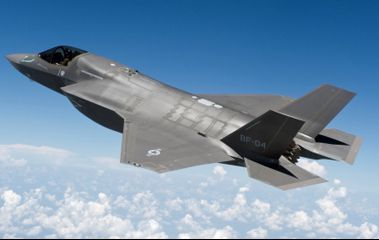 The F-35A is equipped with a Gatling gun from 25 mm GAU-22 / A with four rotating barrels, brought internally. It is capable of firing three thousand hits per minute, with a range of 180 hits. Beyond the penetration capacity of the ammunition (inferior to the Avenger), the standard equipment of the F-35A is less than nearly 10 times compared to the A-10.
The F-35A is equipped with a Gatling gun from 25 mm GAU-22 / A with four rotating barrels, brought internally. It is capable of firing three thousand hits per minute, with a range of 180 hits. Beyond the penetration capacity of the ammunition (inferior to the Avenger), the standard equipment of the F-35A is less than nearly 10 times compared to the A-10.
The A-10 was designed around the seven-barreled gun GAU-8 Avenger, the most powerful airborne tactical weapon on the planet. It is a GUNling type cannon from 30 mm at two cadences of shooting: 2100 or 4200 strokes per minute and can be brought to the maximum shooting cadence in 0,55 seconds. The ammunition tank carries a maximum of 1350 hits. It is capable of destroying a tank at almost 7 km away.
The F-35A can internally carry two air-to-air and two air-to-ground missiles. Six sub-wing pylons. It can carry just over eight thousand kilos of equipment.
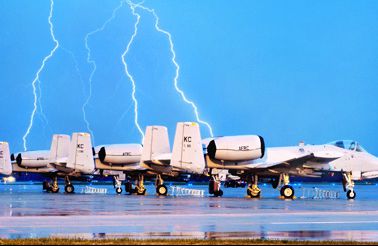
The A-10 is equipped with ten sub-wing pylons and is one of the heavily armed aircraft of the U Air Force. It can carry almost 7 thousand and 500 pounds of weapons.
The F-35A is equipped with a Pratt & Whitney F135-PW-100 with afterburner that allows it a maximum speed of 1900 km / h and a range of one thousand km. It is impossible to make a technological comparison between the two aircraft.
The A-10 has two TF34 turbo fans that allow a speed of 834 km / h and a range of 460 km.
The F-35 is probably the most advanced fighter in the world (after the F-22 Raptor and Russians permitting) and was designed for aerial supremacy with the ability to engage and destroy enemy aircraft before it is even discovered by these last. It was equipped with the most advanced technology available with an initial cost of 150 million dollars per aircraft. The price will fall in the coming years, stabilizing according to Lockheed Martin, at around 80 million dollars per specimen.
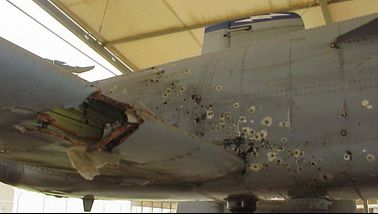 The A-10, designed in 70 'years, could not operate in scenarios where previously no aviation supremacy had been set up - it would be a very easy prey. The project was born for tactical support and the destruction of tanks with a cost of just under $ 12 million in exemplary.
The A-10, designed in 70 'years, could not operate in scenarios where previously no aviation supremacy had been set up - it would be a very easy prey. The project was born for tactical support and the destruction of tanks with a cost of just under $ 12 million in exemplary.
The F-35 was designed to excel in a highly technological context, to impose air supremacy and carry out tactical bombing. The A-10, on the other hand, to take hits and hammer the enemy.
Franco Iacch

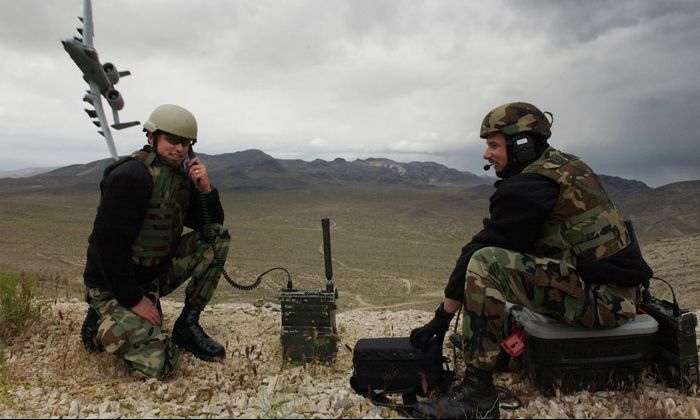
(photo: US Air Force)

